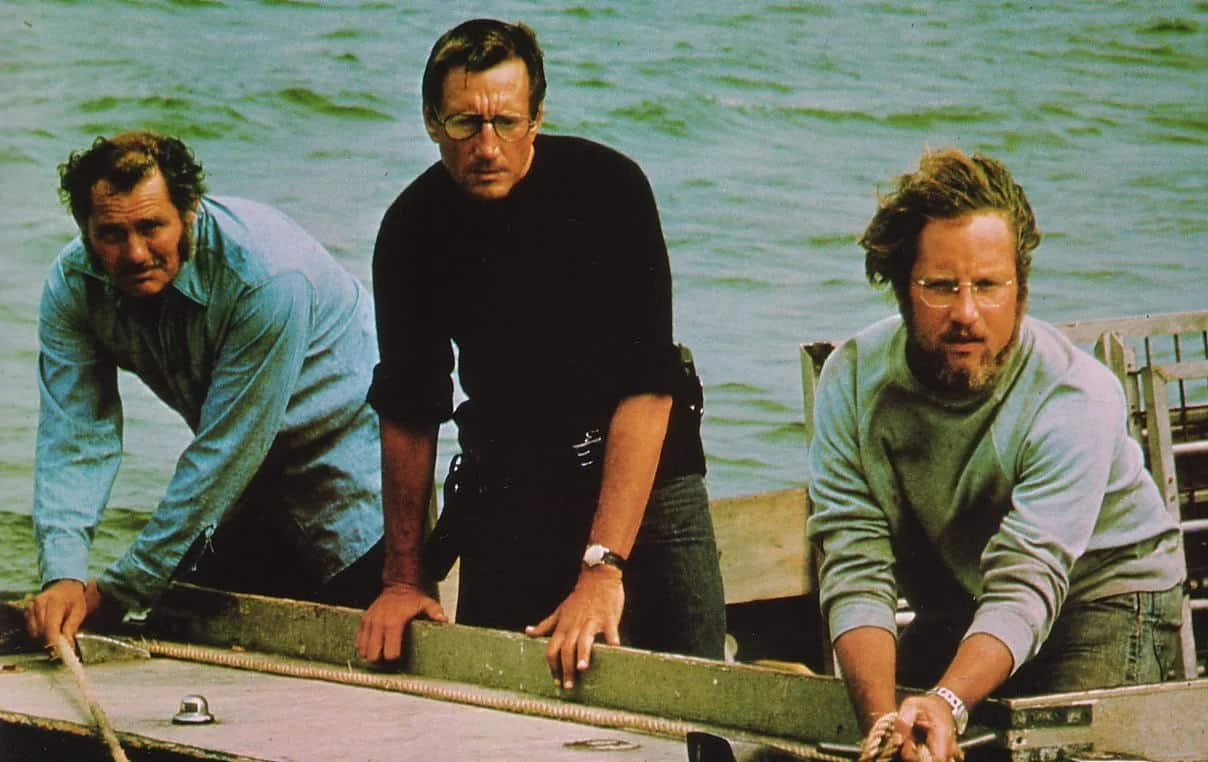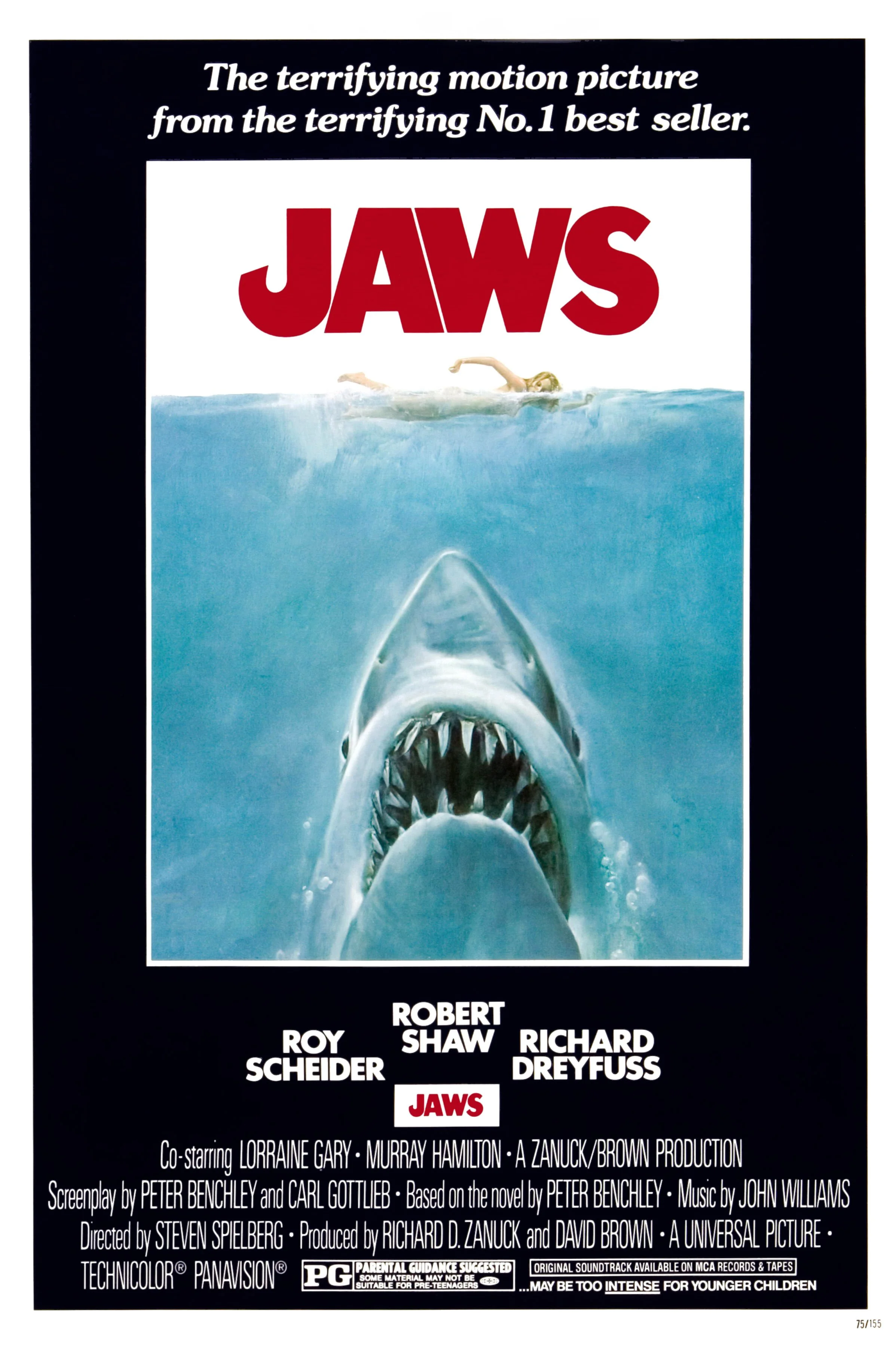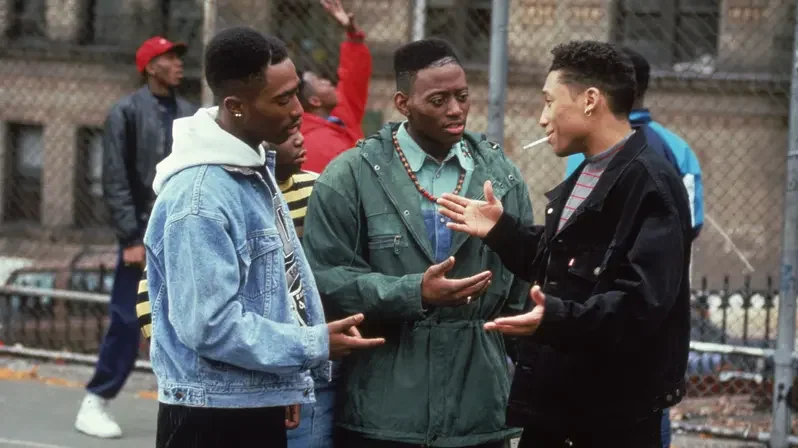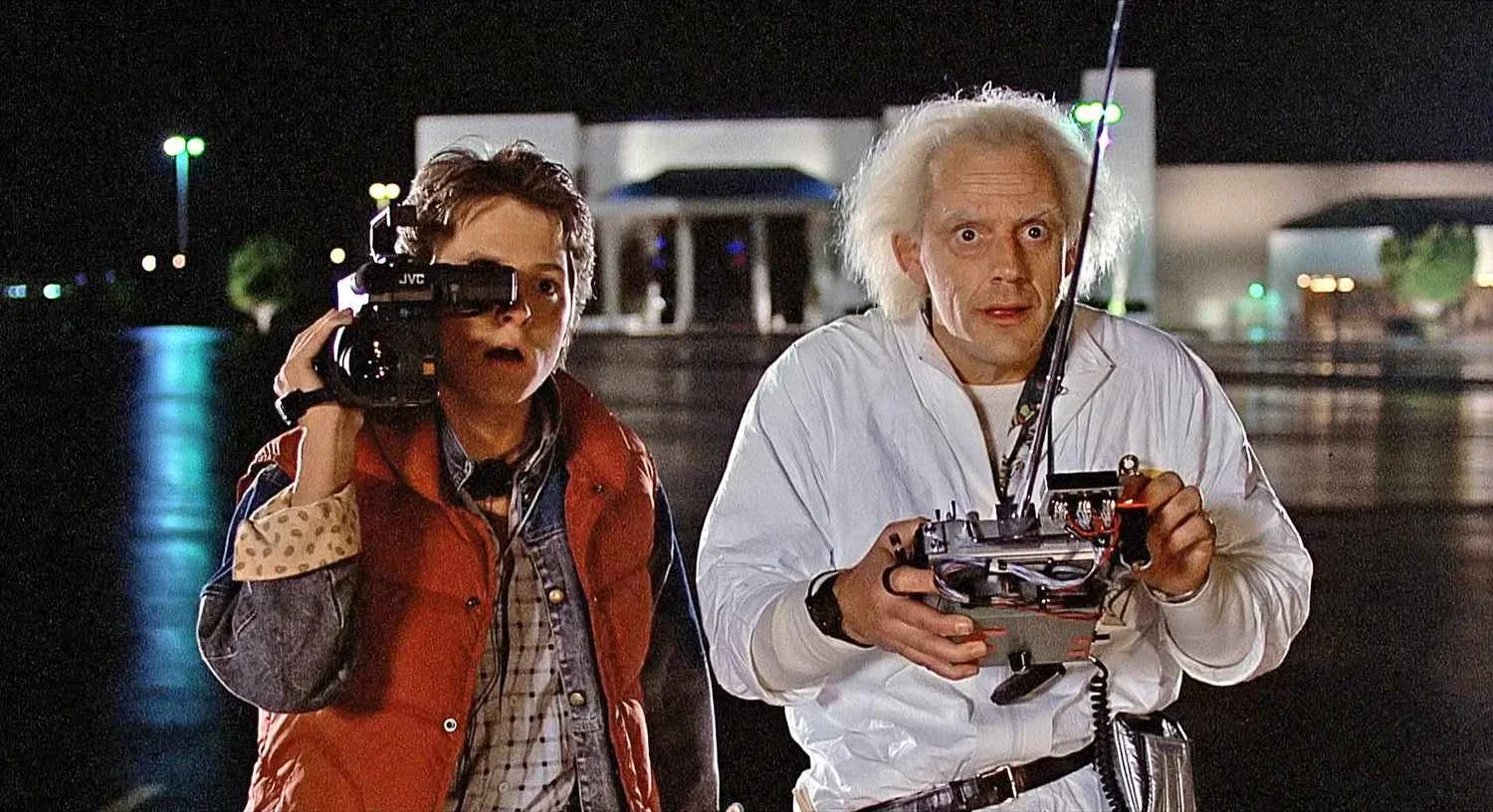Jaws
(Steven Spielberg, 1975)
⭐️⭐️⭐️⭐️⭐️
I must have been 3 or 4 years old when I first saw “Jaws”. I cannot pinpoint the exact date, but it would have been in the mid 1980s. This was during either an actual broadcast of the ABC Sunday Night Movie or a VHS recording of the broadcast. I remember the fanfare and Sunday Night Movie logo specifically because the copy of Jaws my family had was that VHS recording. I do know I fell in love with the movie at that instance. It did not matter how young I was. Something in my brain was trigged to say, "Hey... this movie is special”. For those wondering, I did not scare easily as a kid. All of the moments that would have probably terrorized a typical 3 or 4-year-old did not phase me at all because I probably did not know I should have been scared.
“Jaws”, Steven Spielberg’s landmark 1975 film about a shark terrorizing the community of Amity Island, is the movie I’ve seen the most times in my life. There is no telling the exact number viewings, but I am confident when I say I have watched “Jaws” more than any other movie, including my all-time favorite movie, “Dazed and Confused”. Thanks to that VHS recording, the film is a foundational element of my movie loving DNA. It forged so much of who am I when it comes to appreciating motion pictures and what they can accomplish. Then came the DVD, the Blu-Ray, and the 4K versions. All were wonderfully crafted and remastered, but the genesis was VHS. It was my first love.
The movie opens in a thrilling fashion where Spielberg, fresh off an impressive debut with The Sugarland Express and even Duel before that, immediately throws the audience off of its expectations. We see a party on the beach where a young man and a young girl, Chrissie Watkins (Susan Backlinie), make a silent connection. They break away from the party to take a night swim in the Atlantic. Chrissie sheds her clothes, and it would be understandable if the audience in 1975 expected something more bawdy to take place. This is when Spielberg pulls the rug out from under our feet. Chrissie’s companion does not make it to the water and, thanks to his inebriated nature, does not witness the terror that takes place. Something grabs at Chrissie from under the water. She struggles, and she screams. Her life is in danger as John Williams’ menacing score accelerates the tension even more. What began as a party on the beach has now turned into something tragic and frightening. Chrissie’s companion, passed out on the beach, misses the entire ordeal.
Morning soon comes, and the audience is introduced to Police Chief Martin Brody (Roy Scheider), a transplant from New York City. He is not a local and has taken the job on Amity Island for the summer even though he is afraid of the water. The summer on Amity Island is a critical time because the town’s economy depends on summer tourism. Spielberg introduces us to Brody’s wife Ellen (Lorraine Gary), two children, Michael and Sean, and quaint home, decorated right out of the mid 1970s, flush with the color yellow, which will feature heavily as the movie progresses. Brody gets the call about what happened to Chrissie and is dispatched to investigate. He interviews her companion, and then finally sees what remains of her body. What could have done that to her? Chief Brody suspects a shark and puts it on the official report of Chrissie’s death.
And thus begins a key conflict to the plot of “Jaws”. Chief Brody cannot simply say a shark is terrorizing the waters of a town and island that depends on people coming there to swim and play in those same waters. The town fathers, led by Mayor Larry Vaughn (Murray Hamilton), finesse Brody into an “alternate” interpretation of what happened to Chrissie because, if Chief Brody yells “Shark”, Amity will have a panic on their hands on the 4th of July. Chief Brody does not need to yell “shark”, though, because the shark claims another victim, Alex Kitner, a local boy who happens to be around the age of one of Chief Brody’s sons. This time it happens in the plain view of Chief Brody and several other beach goers, including Alex’s distraught mother (Lee Fierro). Brody’s guilt continues to rise because he knows it could have been one of his children.
Amity, without question, has a shark problem. The town struggles to figure out what to do. Chief Brody wants to close the beaches, the business community resists the closures as it will cause harsh financial distress, and the mayor capitulates. This is the moment when Spielberg introduces us to Quint (Robert Shaw), a local fisherman and shark hunter. In what might be one of the greatest introductions of a character on film, Quint lays out exactly what Amity is facing in terms of the shark. He also lays out the conditions, financial and other wise, for catching the shark. He lays it on Amity to make up their minds or “be on welfare for the winter”. The other main character in “Jaws”, is soon introduced after the audience meets Quint. Hooper (Richard Dreyfuss), comes from an oceanographic institute and is an expert on sharks. He represents the scientific approach to catching this animal. Very few people on Amity, including the local fisherman who catch a tiger shark thinking it is the shark responsible for the attacks, and, more importantly, the mayor, want to hear Hooper’s explanations.
Brody, Hooper, and Quint soon find themselves in each other’s orbits as the shark attacks when Amity is full of tourists for the 4th of July holiday. Everyone is on edge, especially after a couple of youth pull a practical joke with a fake fin. While shark spotters are dealing with the jokesters, the shark appears. Brody had requested his son Michael go boating in a pond instead of the ocean in an attempt to keep him away from the shark. The shark, however, ends up in the pond and in direct vicinity of Michael. Another boater is killed all while Michael watches from the water. He goes into shock and is hospitalized, which sends Brody over the edge. He forces the mayor to hire Quint to hunt down the shark. Brody insists on coming along on the Orca and brings Hooper with him. The three men, who remain tense with each other, set out to finally deal with the shark. It becomes a harrowing experience where it is soon evident the shark is hunting them.
Like other great horror movies, Jaws is all about fear. Chief Brody has the fear of the water along with the fear of what could happen to his children, the mayor has the fear of the town losing money, Hooper has the fear of the shark continuing to feed, and Quint’s fears come to light when we hear about his experiences on the U.S.S. Indianapolis and when we see him realizing this is no ordinary shark. Spielberg then masterfully plays upon the fears of the audience by not showing the shark until the final act. We do not see what is causing all of these attacks, so we are left with our imaginations and preconceived notions of what lies in the deep. Williams’ iconic score and the color yellow serve as heralds to let us know the shark is approaching or present, but in a case of production issues resulting in filmmaking history, the shark’s full form is kept from us. It is kept from us until that memorable moment where the shark pops out of the water, Chief Brody freezes in terror, and exclaims to Quint about the need for a bigger boat.
“Jaws” is also about conquering fears. Chief Brody is a man who fears the water, but is constantly surrounded by the water due to living on an island. He remains surrounded by water when he climbs aboard the Orca with Hooper and Quint. Following the classic hero’s journey model, Spielberg isolates Brody at the end of the movie. Hooper is underwater in a failed attempt to kill the shark through a cage, while Quint, just like Ahab, becomes another victim of the shark. Brody is left all alone on the Orca to deal with his fear first hand. Spielberg leaves the audience a trail of foreshadowing breadcrumbs starting early in the movie and continuing in the final act to let us know just how Chief Brody will finally overcome his fear and eliminate the shark.
When I was a kid, I did not get or appreciate what Spielberg was saying about fear, his use of tension to makeup for the mechanical shark not working, or any of the other tricks he deployed to make up for the the bevy of production woes “Jaws” experienced. I just liked that it was a fun movie about a shark, and the shark ate people every now and then. I liked it so much that I watched the dreadful sequels, and my first real memory of seeing a movie in a theater (Beyond summer matinee showings for children) is watching “Jaws: The Revenge” in the summer of 1987. That’s how deep in the water I was for “Jaws”. Much later, when we had to do monologues in high school drama class, I did Quint’s U.S.S. Indianapolis monologue, complete with an attempt to match his accent. When I took a 400 level film class, I wrote about “Jaws” in relation to the horror genre. Some of the things I said in that paper were said here. I’ve been able to see “Jaws” on the big screen numerous times, but my introduction to it and a life of loving film came from that VHS copy. I wish I still had it, and I’m appreciative of the path it established for me.
This review is part of my Letterboxd 4 series showcasing my 4 all-time favorite movies.





Kirk being forced from multiple directions to deal with his own mortality and the mortality of those he loves after a career of cheating death and the no-win situation is what makes this the best of Star Trek.